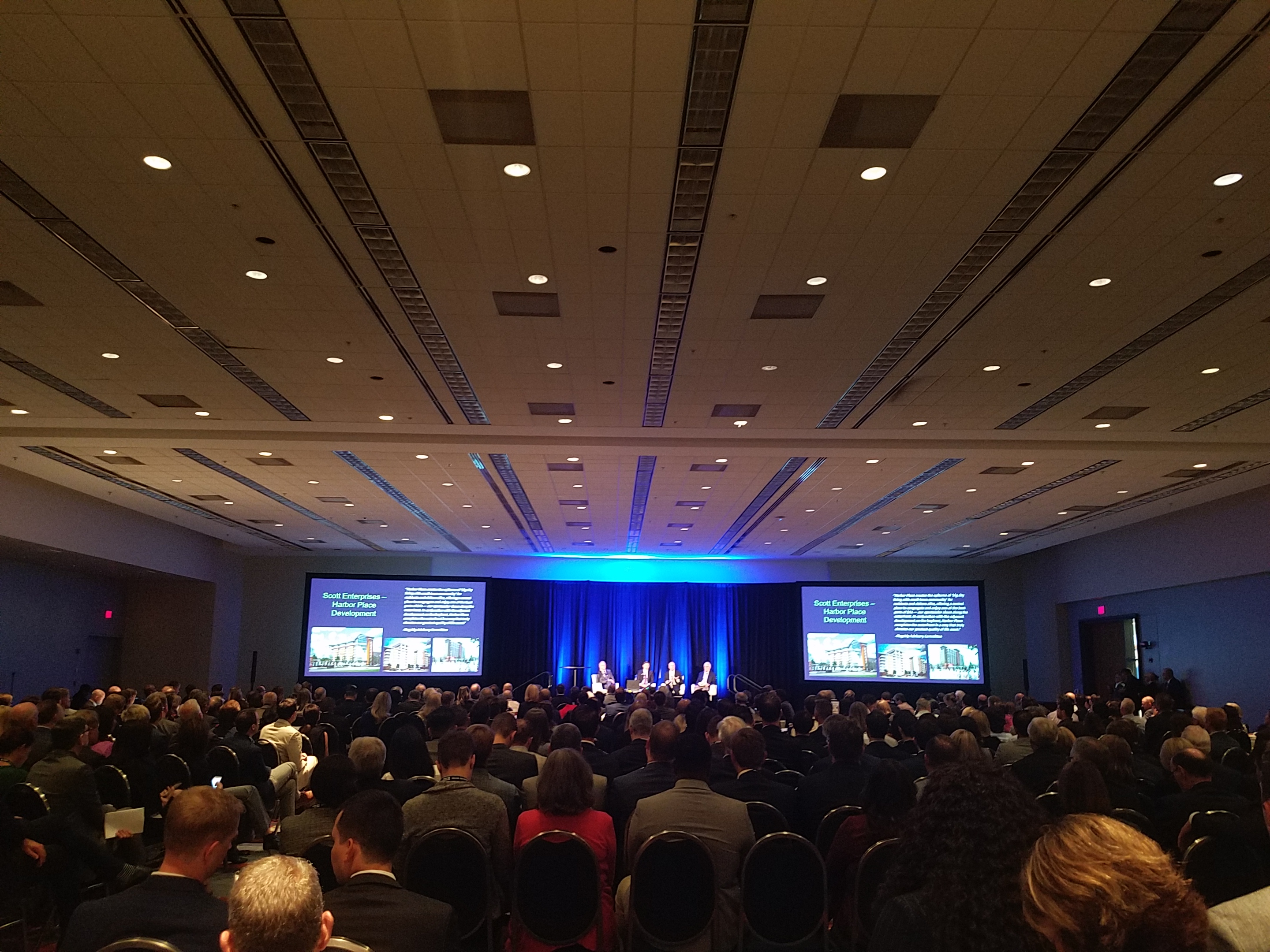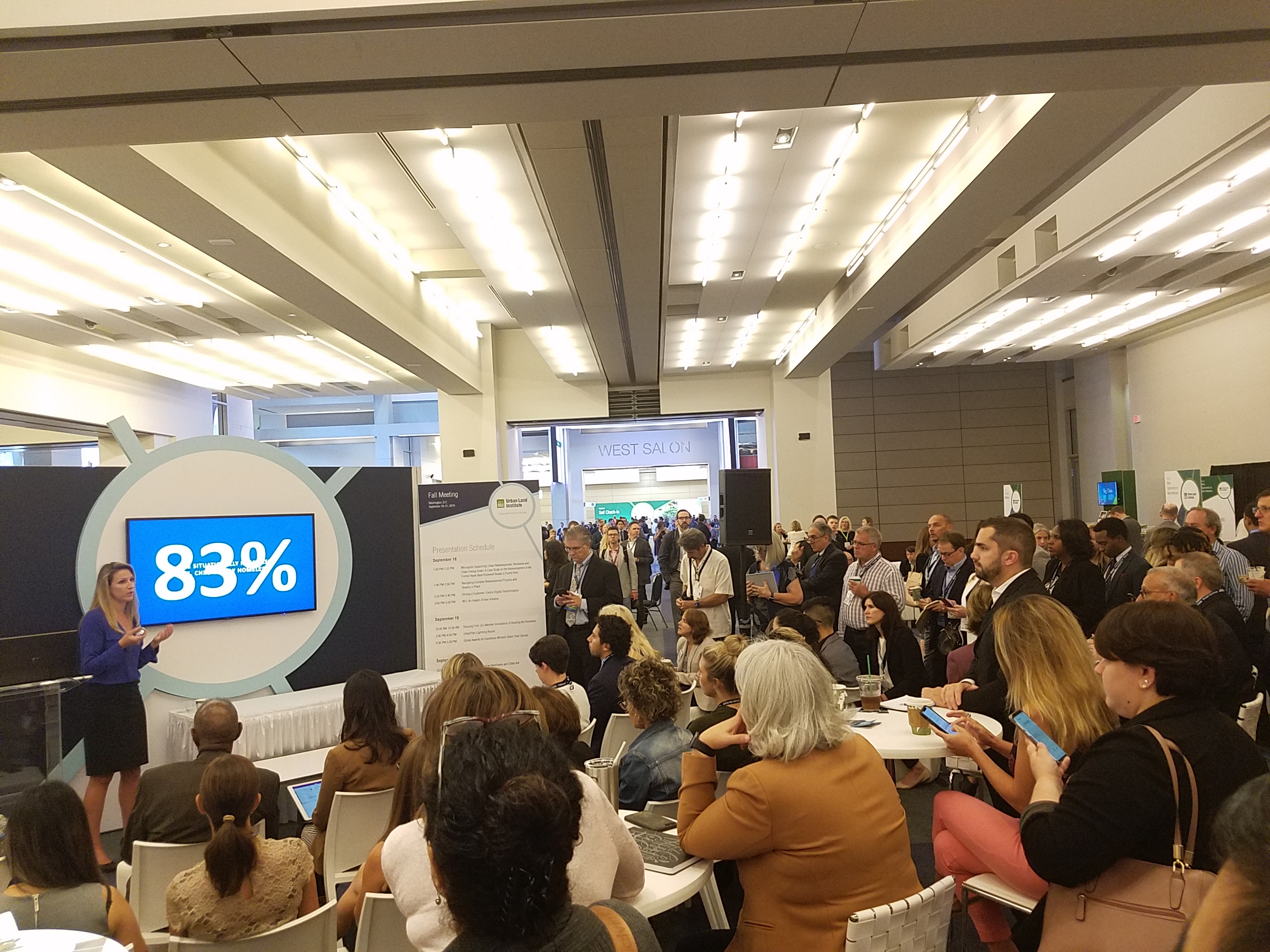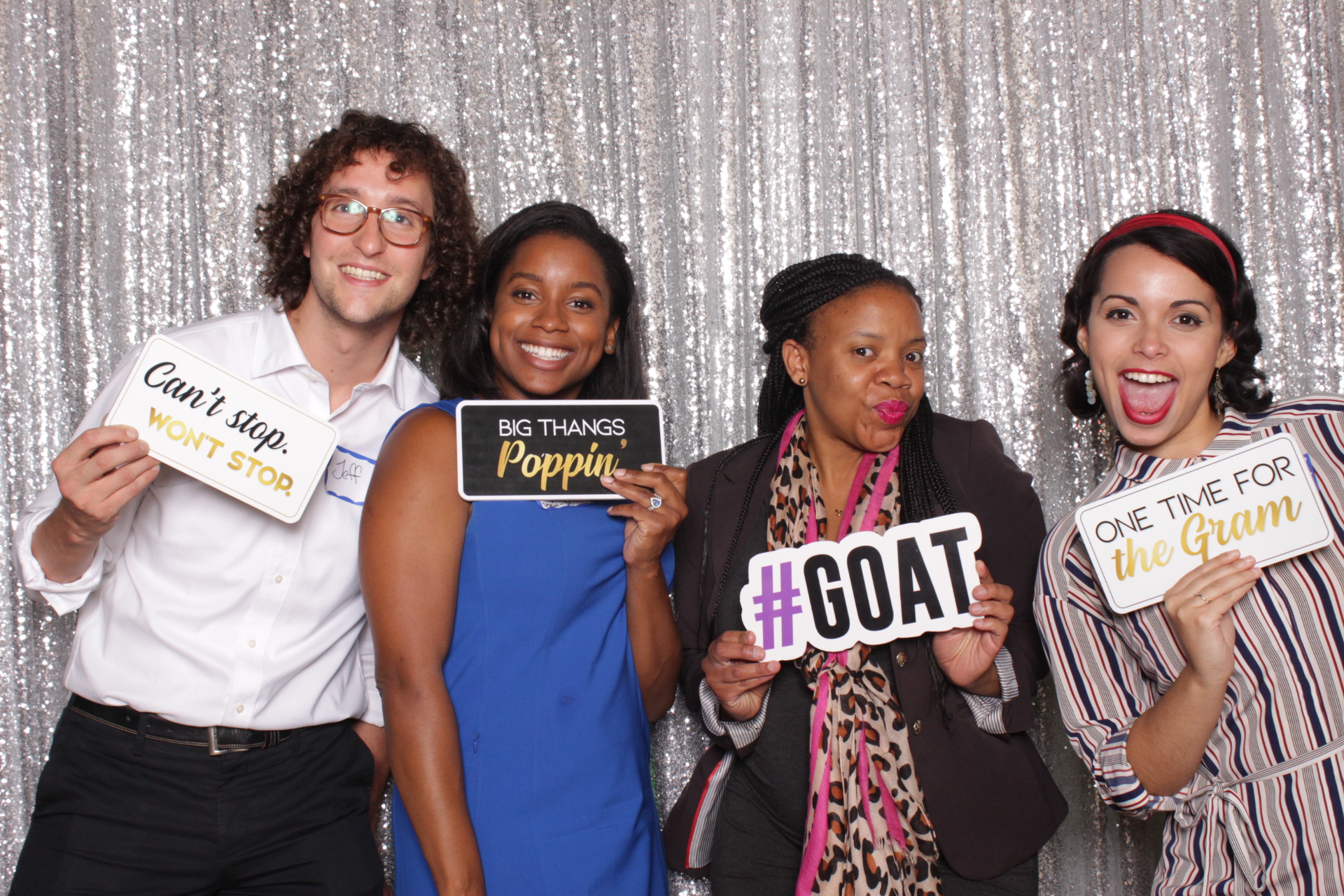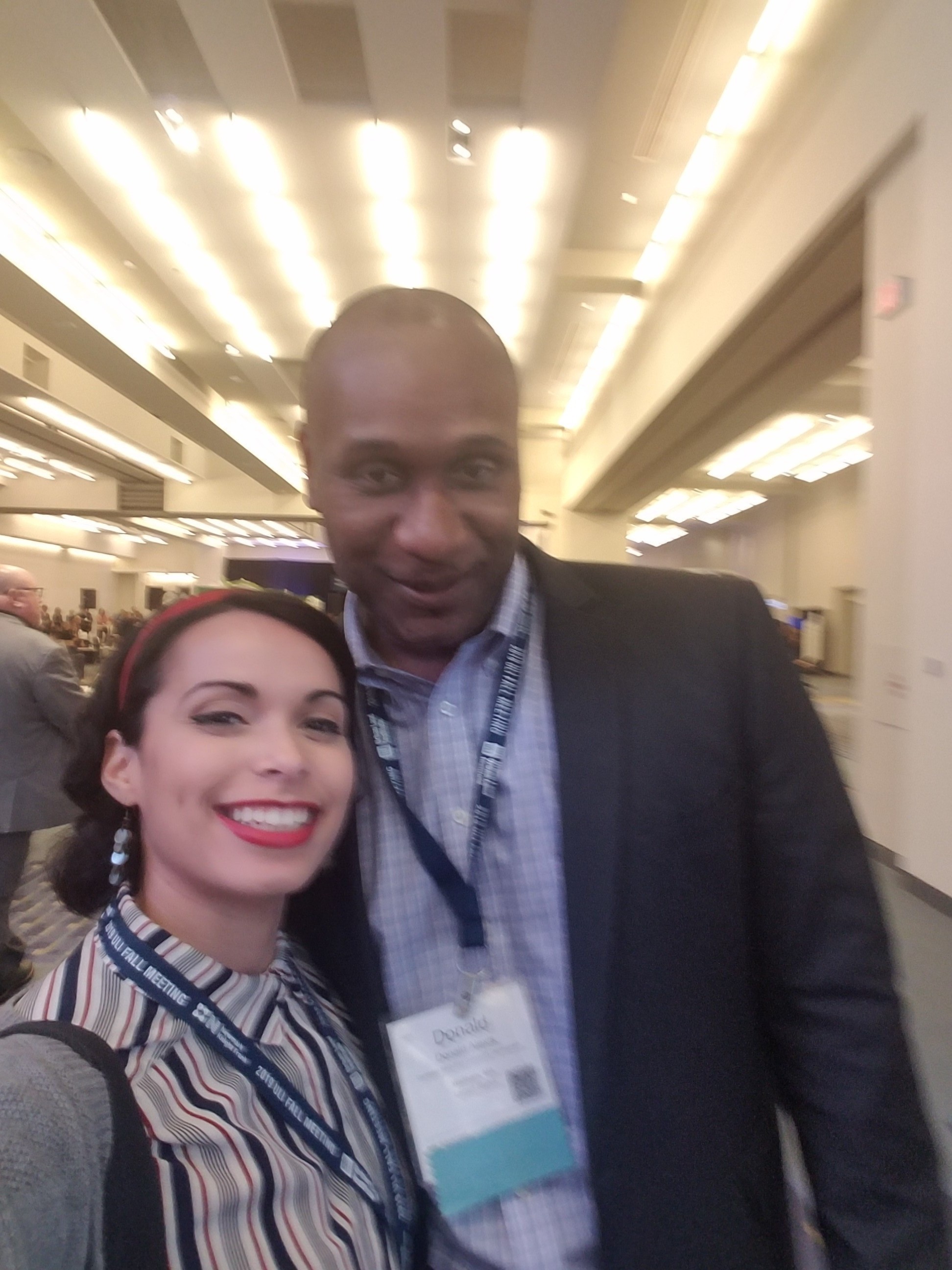

I was fortunate to be able to attend the 2019 ULI Fall Meeting in Washington D.C. last week from September 18-21 through the 2019 ULI Boston/New England Pathways to Inclusion program, which seeks to expand access to the real estate and land use industry for professionals from underserved backgrounds while expanding ULI’s member base. The Urban Land Institute is the world’s largest and oldest member-based network of cross-disciplinary real estate and land use experts, whose mission is to provide leadership in the responsible use of land and in creating and sustaining thriving communities worldwide. Every year, ULI holds two conferences, known as the Fall Meeting and Spring Meeting, to share data and best practices on real estate trends, explore new and pressing issues in real estate and land use, and allow thousands of members the chance to network, share their questions and experiences, learn from each other, and pitch products and projects.
 Overall, my conference experience was rewarding. It began with a series of welcoming receptions that introduced members to each other, ULI, and to the host city. I used to live in D.C. before moving to the Boston area, so it was exciting to be back and see what had or hadn’t changed, relive positive memories, and feel the bustling energy of the District. In many ways, D.C. was a perfect backdrop for the conference because of the ways it embodies many of the topics and trends, for better or worse, in real estate and land use under discussion at the meeting: the affordable housing crisis and ways to address it, including the recent and growing wave of regulations such as rent control aimed at protecting tenants; gentrification and the struggle to reap its benefits while preventing displacement and loss of distinctive local cultures; transit oriented development, the need to invest in public transportation systems, and the proliferation of TNCs like Uber and Lyft as well as bike shares and e-scooters; the potential and risk in the use of tech throughout the real estate process and smart buildings; the rise of co-living and co-work spaces; and advances in the ongoing push for more resilient and sustainable buildings and communities, among others.
Overall, my conference experience was rewarding. It began with a series of welcoming receptions that introduced members to each other, ULI, and to the host city. I used to live in D.C. before moving to the Boston area, so it was exciting to be back and see what had or hadn’t changed, relive positive memories, and feel the bustling energy of the District. In many ways, D.C. was a perfect backdrop for the conference because of the ways it embodies many of the topics and trends, for better or worse, in real estate and land use under discussion at the meeting: the affordable housing crisis and ways to address it, including the recent and growing wave of regulations such as rent control aimed at protecting tenants; gentrification and the struggle to reap its benefits while preventing displacement and loss of distinctive local cultures; transit oriented development, the need to invest in public transportation systems, and the proliferation of TNCs like Uber and Lyft as well as bike shares and e-scooters; the potential and risk in the use of tech throughout the real estate process and smart buildings; the rise of co-living and co-work spaces; and advances in the ongoing push for more resilient and sustainable buildings and communities, among others.

Photo: Young Leaders Group Reception
There were many interesting sessions on these topics and more throughout the conference that offered a big-picture view of market conditions as well as specific illuminating case studies. While it can sometimes be hard to sift through everything to find new or relevant information, I gleaned something valuable from every session I attended, whether it was inspiration, sources of more information or potential project resources, questions to learn about further, or examples that could provide guidance in the Planning Office’s work. One of my favorite sessions was “Housing First: ULI Member Innovations in Housing the Homeless” which highlighted two startups using apps and partnerships with non-profits and development companies to match situationally homeless clients (those who have been homeless for less than a year) with housing. Another was a panel called “Preserving the Ark: How NOAF (naturally occurring affordable housing) and Permanent Affordability Strategies are Meeting Long-Term Needs” within a day-long rental housing affordability symposium that featured land trusts, working with social impact investors, and other approaches to providing and preserving affordable housing.
A particularly useful and relevant session was “The Value of Social Health and Equity: Numbers and Examples from the Market,” which featured case studies and perspectives from residential and commercial developers and funders on why and how they are incorporating health, wellness, and equity in their developments. The panelists discussed some of their programming ideas, partnerships and resources that supported their plans, and challenges such as how to collect data and define indicators to measure impact. In recognition of the role of housing as a key determinant of health and in an effort to better serve our residents, the Planning Office has been working more intentionally over the last year to partner with health care organizations and provide more health-related resident services at our developments. While promising connections and progress have been made so far, we are still early in this process and have a lot to learn. The session was an encouraging reminder that others are also figuring out how to better connect the health and housing sectors, and that the benefits to health outcomes and quality of life would be worth the challenges.
 Photo: Amarillys Rodriguez (left) and Donald Alexis (right) of the Caribbean Integration Community Development.
Photo: Amarillys Rodriguez (left) and Donald Alexis (right) of the Caribbean Integration Community Development.
Of course, a major part of the draw of conferences like these are the opportunities for networking and socializing with colleagues that they provide, and the ULI Fall Meeting did a great job facilitating these opportunities through receptions, breaks, tours, and smaller events throughout the conference. I was able to meet many people from all over the country and various fields within the industry, including architects, brokers, lenders, researchers, and product manufacturers, and was even able to connect more with some of our own project partners and other development professionals from the Boston area. Some of my favorite social events were the WLI speakeasy conversations, which provided women in the industry a chance to discuss a range of topics in smaller settings, and the Young Leaders Group reception, which was a very fun way to meet other professionals under 35 years old and build a network of peers.
All in all, I had a great time. I look forward to growing the connections I made at the Fall Meeting and making new ones, and to interacting more with ULI and Pathways to Inclusion.